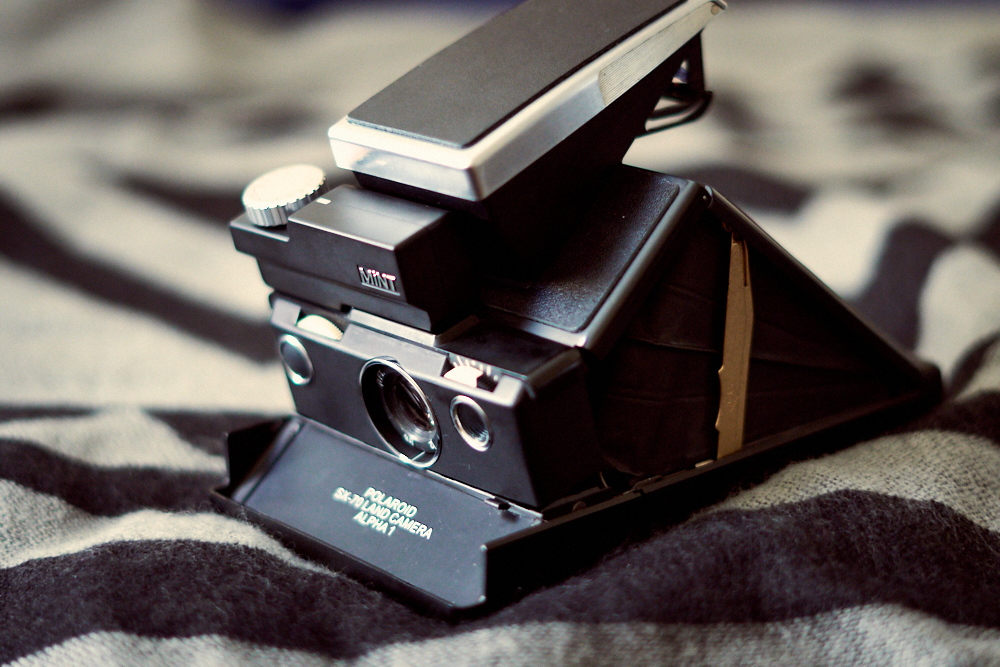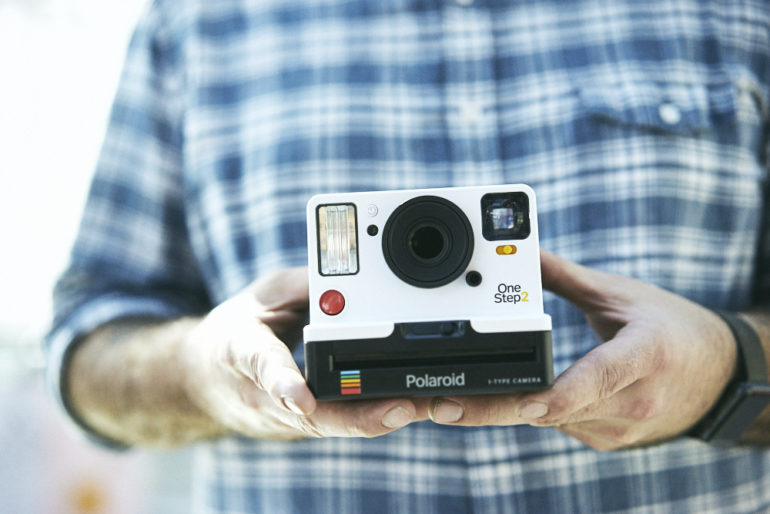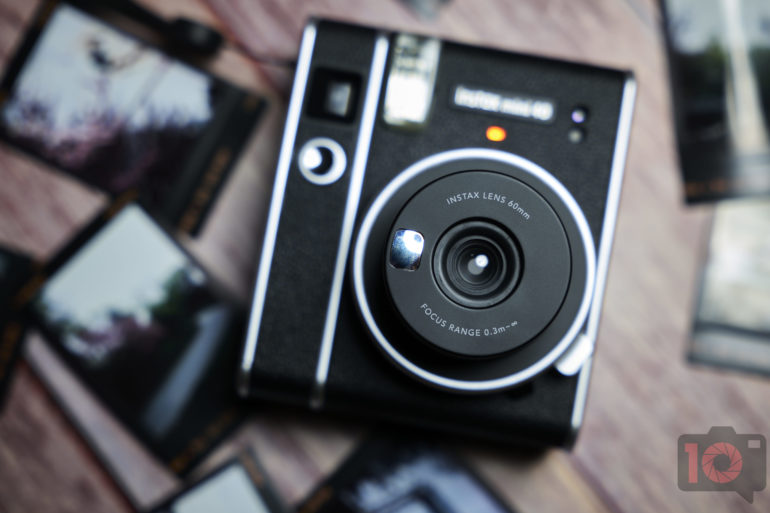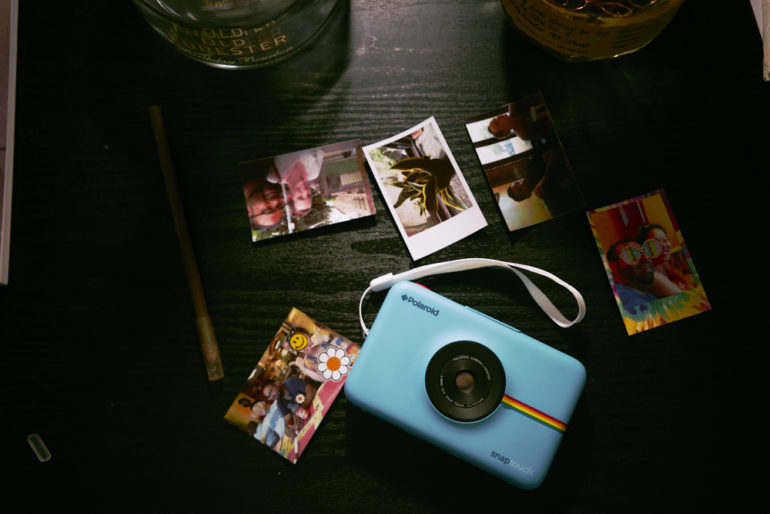For more stories like this, please subscribe to the Phoblographer.
Instant film is fun in so many different ways. You can shoot a photo of someone and give them the print. You can capture fun memories with it at parties. And you can just plain out have fun while shooting with it. But it’s not all created equal. In fact, some instant film is better than others. So we dove into our archives of reviews to compare Polaroid, Instax, and Zink. Some of it is real film. And some of it is pretty awful and mixed in with terrible marketing. Instant film can make you feel great. But it can also let you down. Here’s some of the truth about it.
Polaroid
Polaroid film is indeed actual, real film. Polaroid became Polaroid after the Impossible Project decided to reverse engineer what Polaroid originally did back in the day. Polaroid refused to sell the original formulas, and a lot of it was just gone. So after years of trying, they finally did a pretty good job. Then Polaroid ended up buying the Impossible Project, unifying it with the original company.
Polaroid film is essentially a piece of film that has development chemicals inside. So when it ejects from the camera, the chemicals burst and flow through the image. Then it develops. Unlike the song, you don’t need to shake your Polaroids anymore.
So yes, every Polaroid image you shoot with actual, branded company film is real film. You can surely feel organic and real about that. But this is a double-edged sword. Last year in 2020, Polaroid decided to buddy up and help the Unsplash Awards. Unsplash uses some pretty shady tactics to get photographers to give away their high-quality images for completely free. So if you actually care about photography and the future of photographers, I’d cancel Polaroid pretty hard. It’s unfortunate to know this.
What’s more, this film is for cameras that actually have better image quality on average. But the resulting quality can be hit or miss.
Fujifilm Instax
Fujifilm Instax is also, indeed, film. It works similar to Polaroid, but the formula is a bit different. In fact, when you look at a lot of instant film, chances are that they’re Instax images. Lots of folks make the mistake of thinking that Instax is Polaroid. But the two are much different. Instax is made in totally different sizes than Polaroid. It’s very possible for Instax to also be overall, just better.
Sadly, again, not many Instax cameras have glass lenses or even embrace how sharp the film can really be. However, they have some of the coolest and most fun cameras on the market. The film also comes in fun variants.
Our favorite cameras for Instax are made by Mint. Try the RF70 if you can get it.
HP Zink
Now here’s the tragic part. HP Zink isn’t real film. In fact, it’s just paper with the ink built-in. It’s not much different from simply just printing a photo. Unfortunately, lots of Zink cameras and marketing look like Polaroids. But that’s only because of a special digital filter. I’d even sometimes go as far as saying that it’s false or misleading advertising at times.
Canon, HP, and Kodak cameras use Zink paper. There are also a few Polaroid cameras that do, too, unfortunately. And they’re all bad. At best, they’re digital hybrids. All of those cameras have digital sensors that then print the image out. Most cameras using Fujifilm Instax and Polaroid don’t do this. Those cameras are truly analog. But Zink looks one way in advertising and product placements. But in reality, it’s actually pretty awful. I’d never use Zink cameras personally, and I don’t think most self-respecting photographers would either.





